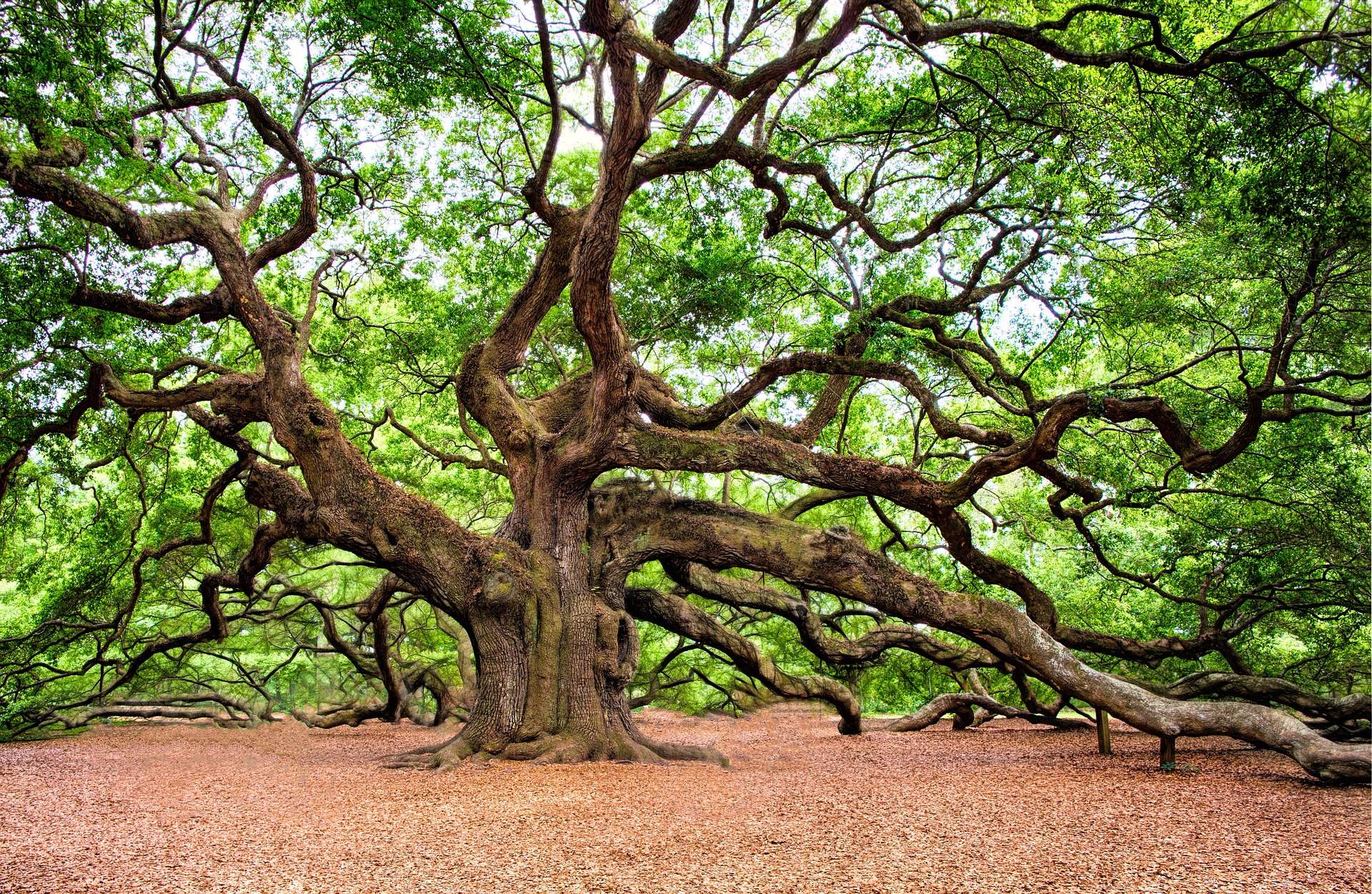ARE YOU READY FOR SOME HELP?
What is verticillium wilt?
Most Verticillium wilt is caused by 2 species of soil-born fungus, Verticillum dahliae and Verticillium albo-atrum. It affects over 400 plant species, most often ash, catalpa, elm, maple, redbud, and sumac, but it does not attack conifers. Small trees are very susceptible to Verticillium wilt damage, and die quickly, while older trees may slowly die over several years. The fungus plugs the vascular system and causes leaf wilting, death of branches, and often the entire tree. Infected trees cannot be cured, they may recover and be asymptomatic, but they will always be infected.
Image by: H.J. Larsen, Bugwood.org
How to identify verticillium wilt
The most obvious symptoms of Verticillium wilt occur in early to mid-summer, when the leaves turn yellow, then brown and dry, then wilt and die. Other symptoms are branches dying, buds failing to open in the spring, smaller than normal leaves, leaves changing color a few weeks early in the fall, and heavier than normal seed production. The sapwood may be discolored, maple turns green to black, elm turns brown, and black locust turns brown to black. Symptoms generally start with the lower branches and move upwards.
Image by: Joseph O´Brien, USDA Forest Service, Bugwood.org
Life cycle of verticillium wilt
Verticillium fungi live in the soil in a dormant state. When the spores in the soil detect chemicals from host plant roots they germinate, grow towards the root, and penetrate the root through a wound. The fungus grows in the xylem slowly spreading, and it creates and releases spores that are carried to the rest of the tree in the tree sap. The fungi growing in the xylem block the transport of water and nutrients, and the tree also blocks transport when it detects the infection. Leaves starved of water and nutrients turn yellow, wilt, and die. The Verticillium fungi create more spores when the plant tissues die, and these spores are returned to the soil when the dead plant debris decomposes. The fungi spores can survive for up to 15 years in the soil. The fungus spreads to other trees by root-to-root contact, and spores in the ground can be carried to new trees when infected plants are moved with accompanying root balls, dirty equipment or tools, and by wind or water.
Image by: USDA Forest Service – Northeastern Area Archive, USDA Forest Service, Bugwood.org
How to control verticillium wilt
Plant trees that are resistant to Verticillium wilt. Don’t plant susceptible trees in soil where another tree has died from Verticillium wilt. Prune and destroy infected plant materials, and sterilize pruning tools and other equipment. Remove wilted and dead branches, a tree may live for years before finally dying. Infected trees may recover and appear symptom-free, but they will always be infected. Avoid causing additional damage to tree roots. Fertilize and water and prevent insect damage and diseases as stressed trees are more susceptible to Verticillium wilt. Soil fumigants are effective but expensive, they reduce Verticillium wilt, but don’t eliminate it.













